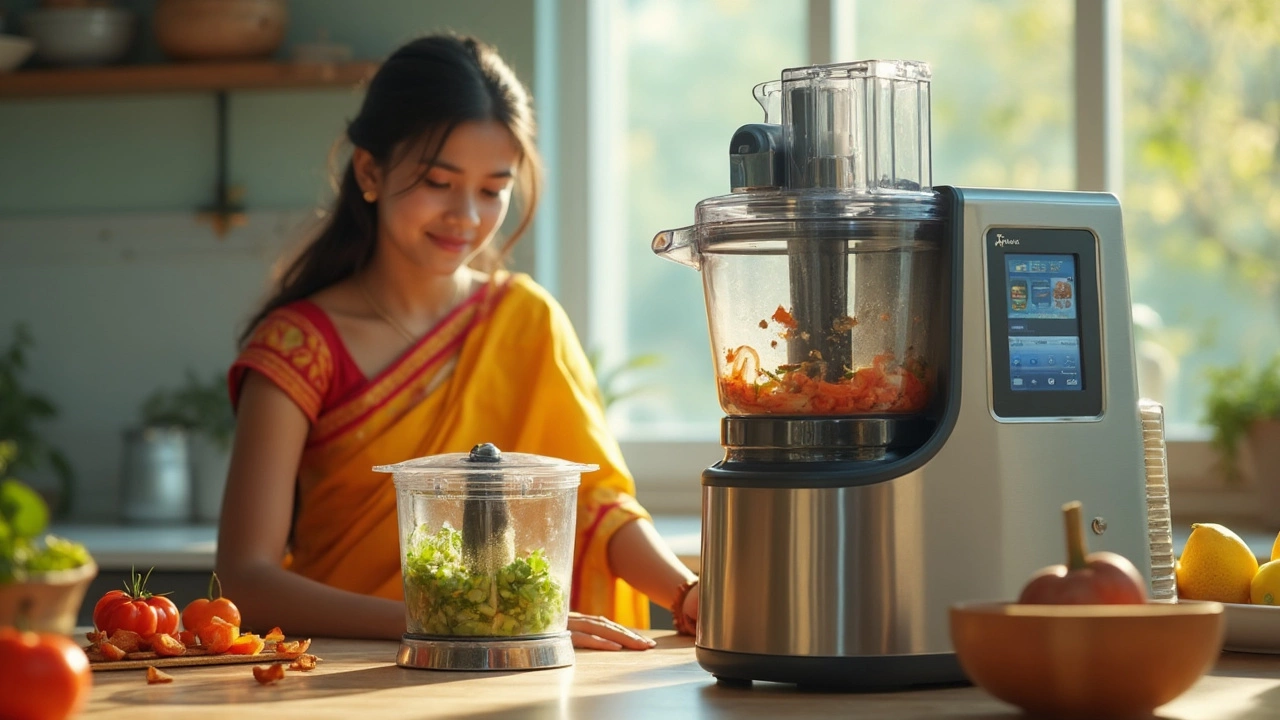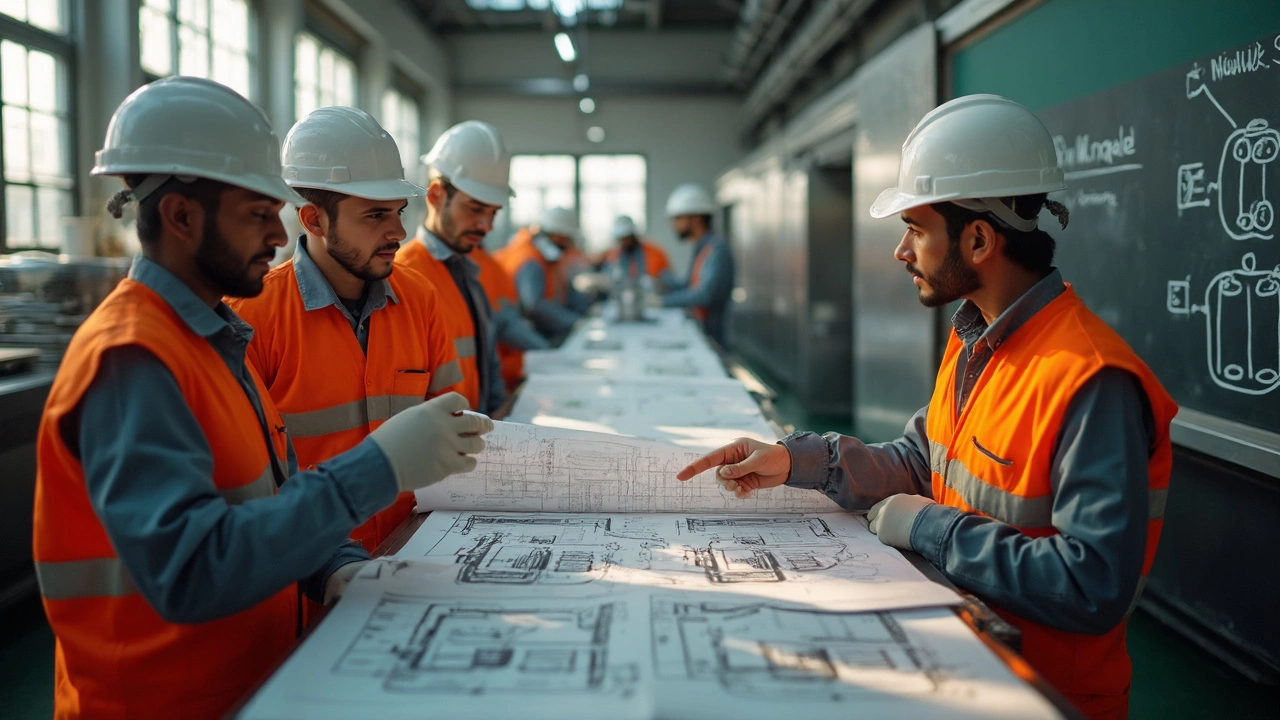What a Processing Unit Actually Does in a Factory
Ever wondered why a factory can keep churning out the same product, day after day, without a hitch? The secret is the processing unit – the part of the plant where raw material turns into a finished item. Think of it as the kitchen in a restaurant: you bring in ingredients, follow a recipe, and end up with a meal. In a factory, the recipe is a series of steps that involve cutting, shaping, heating, testing, and packaging.
Core Steps Inside a Processing Unit
Most processing units follow a similar flow, no matter what they make. First, raw material arrives and gets inspected – you don’t want bad inputs ruining the whole batch. Next, the material is sized or blended to match the design specs. After that, machines work on it: a press might shape metal for an elevator, a grinder could turn wheat into flour, or a reactor might mix chemicals for a pharmaceutical product. The next stage is quality control, where sensors and technicians check dimensions, strength, or purity. Finally, the item is packaged and sent out.
Because each step has its own equipment, timing is crucial. If one station slows down, the whole line backs up. That’s why modern processing units use automation, real‑time data, and predictive maintenance to keep everything humming.
Why It Matters for Different Industries
In the lift business, a processing unit builds the elevator’s motor, gearbox, and safety brakes. Precise machining and strict testing are non‑negotiable – a faulty brake could be dangerous. In food processing, the unit follows a sequence from washing raw ingredients to cooking, cooling, and sealing, ensuring safety and shelf‑life. Chemical manufacturers run reactors, distillation columns, and dryers, each requiring tight temperature and pressure control.
These examples show a common thread: a well‑designed processing unit reduces waste, boosts speed, and guarantees consistency. That’s why companies invest in smart sensors, IoT connectivity, and modular equipment – they can tweak a single step without stopping the entire line.
So, if you’re looking at a factory floor, you’ll likely see a series of stations linked by conveyors, robotic arms, and control panels. That layout is the processing unit in action. It’s where the magic happens, turning ideas and raw stock into the products you see on store shelves or ride in an elevator.
Want to keep your processing unit running smooth? Start with three simple habits: regular equipment checks, data‑driven adjustments, and employee training on new tools. When you keep the unit’s “recipe” tight, you’ll see higher output, lower defects, and happier customers – whether you’re making cars, chemicals, or the next generation of lifts.

